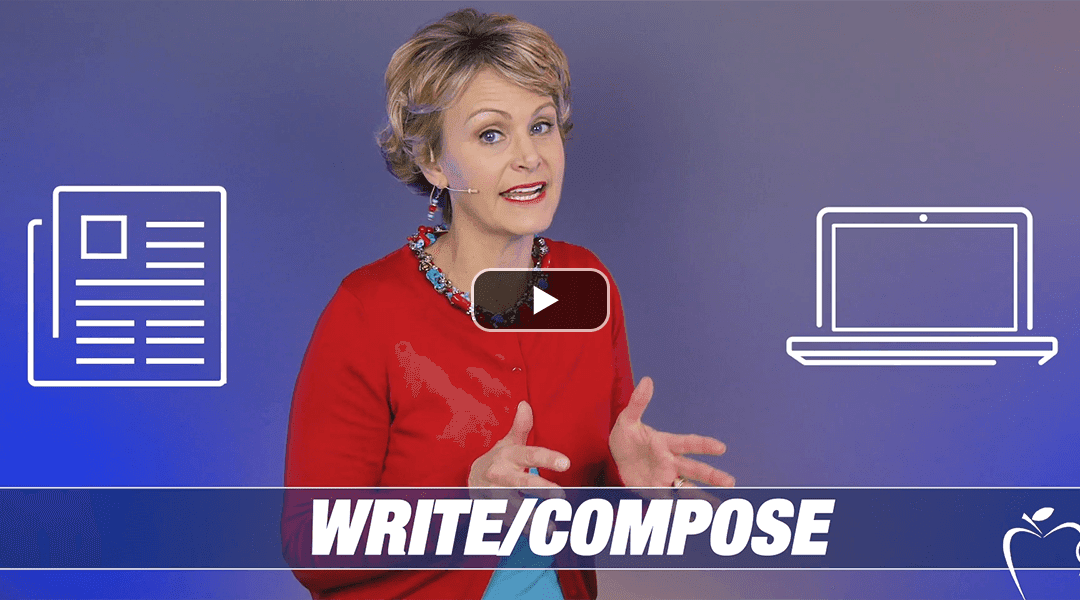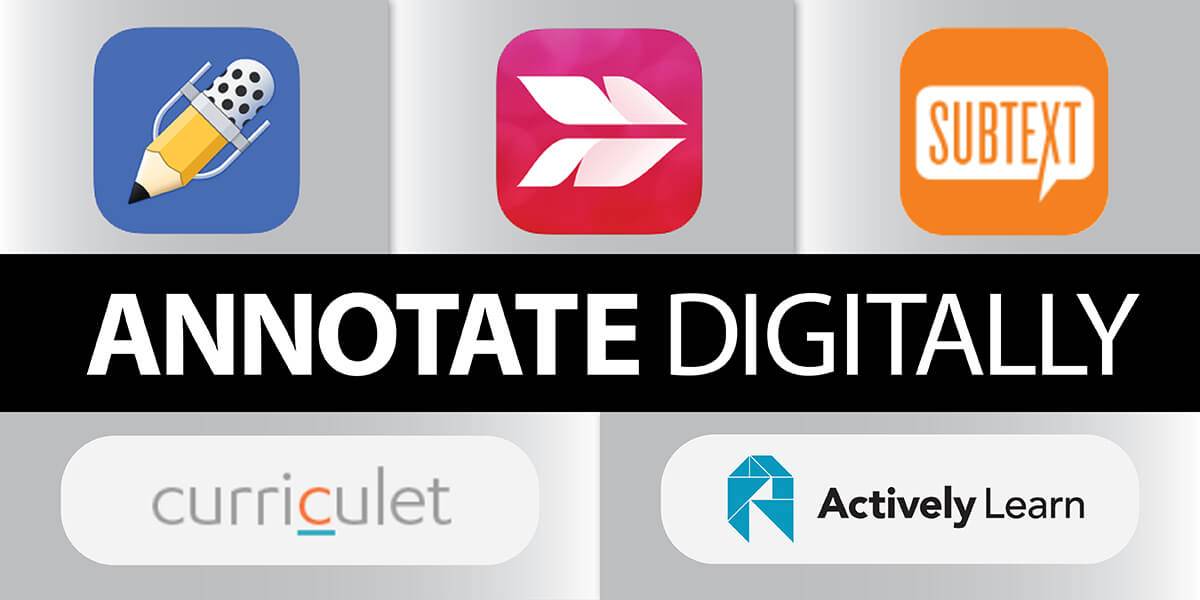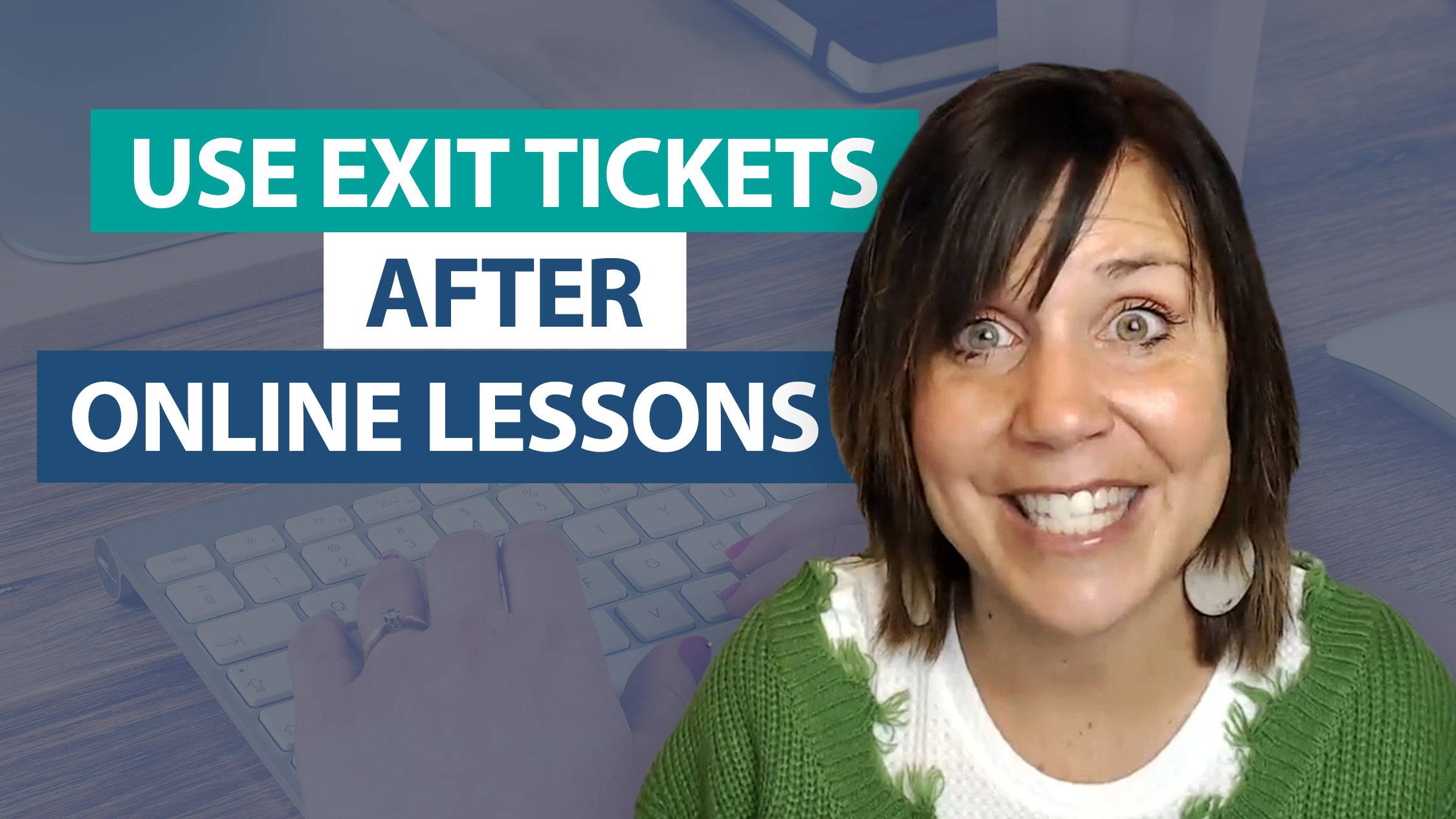Learning Center
Reading
Balance on-paper and on-screen experiences
April 8, 2019
As access to technology continually increases, some teachers and administrators question if students should only read and always write digitally.
Before eliminating spiral notebooks from the beginning-of-the-year School Supply List or dismantling guided-reading book rooms, consider a balance. Research suggests that the medium plays an influential role in the learning process.
When introducing a new reading or writing skill, begin with a familiar medium—one which students know how to access, navigate, and work with comfortably and quickly. Remember, the skill is already new, so don’t also add a lesser-known format. Rather, select a familiar format which allows kids to put their focus on the skill, not the medium.
As instruction of this new literacy skill continues and students demonstrate initial understanding, then raise the rigor. Mastery of a reading or writing skill requires that students can also apply it within the digital arena. Students need to comprehend when reading off paper and on a screen. They also need to write well using paper and composing on a screen.

Consequently, after first teaching a literacy skill on paper, apply the same skill on a digital device. Keep in mind that everything taught with paper-based reading and writing doesn’t automatically transfer to a screen. For example, skimming while reading is very different when working with paper versus a screen. When it comes to revising a composition, Spider Legs are often used on paper, but that doesn’t transfer easily on a laptop.
Part of increasing the complexity of the skill is presenting it in a different medium. This is the core of the media literacy standards embedded within the college and career-ready ELA expectations. The technology brings with it a whole host of other important skills to be learned such as scrolling, utilizing hyperlinks, navigating websites, accessing tools, annotating digitally, etc.
True mastery of all literacy skills requires that 21st-century learners can apply the reading and writing skills using any medium. Therefore, plan instruction to first target learning the reading/writing skill. Then, as students gain expertise with the skill, the newness becomes the digital format.





